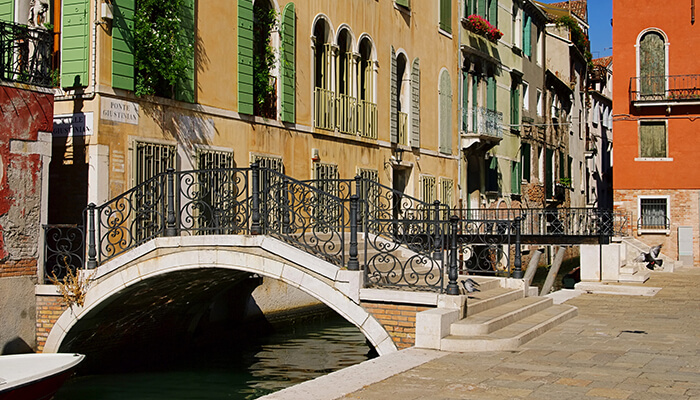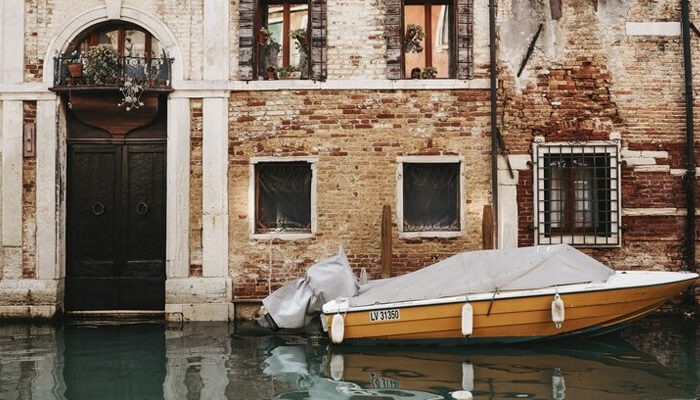As the Alps have only gotten just under half of their typical snowfall, scientists and environmental groups are worried that Italy may experience another drought after the crises of last summer.The announcement comes as Venice has exceptionally low tides that are making it challenging for gondolas, water taxis, and ambulances to negotiate parts of its iconic canals. Flooding is often Venice main worry.
A highly pressurized system, a full moon, sea currents, and the absence of rain are all cited as contributing factors to the troubles in Venice.
The Legambiente environment organization stated on Monday that there is a major water shortage in Italian streams and lakes, with the northern part of the country receiving particular attention.
Northern Italy’s Lake Garda has experienced record-low water levels, making it feasible to walk across an open causeway to the tiny island of San Biagio.
Yet, according to the most recent weather predictions, the Alps will see much-needed precipitation and snow in the following days.
The Normal Threshold for the Venice Canals
The water levels in Venice’s canals must be at least -60 cm below average before it is safe to travel across them, and the emergency services have warned that some inhabitants may be unable to be reached in their houses after the water levels reached -65 cm over the weekend.
The chief of the Venice emergency number, Paolo Rosi, told local media that “our operatives are frequently compelled to stop the vehicles at a specific length from the goal site and continue on foot, in many instances with a victim who needs to be held in their arms.”
The Cause of the Drought in Italy
Venice’s famous canals have dried up due to low tides, raising concerns that there may be another drought in Italy.
Gondolas, water taxis, and ambulances are unable to go through some areas of the city because of current sea levels, which also affects the annual festival, which attracted some 100,000 revelers to Venice the year before.
According to Alvise Papa, the director of Venice’s tide center, it has been at least 15 years because water levels lingered for as long as they did, more than 50 cm below the regular average.
According to climate researcher Massimiliano Pasqui of the Italian scientific research organization CNR, “We are in a water deficit situation that has slowly built since the season of 2020-2021.”
“We require 50 days of rainfall to restore 500 millimeters in the northwest regions,” he continued.
Bottom Line
Italy proclaimed an emergency situation in July for the Po region, which is responsible for almost a third of the nation’s agricultural output and saw the worst droughts in 70 years. According to climate scientist Massimiliano Pasqui of the Italian science research institute CNR, “We are facing a water scarcity scenario that has been developing since the winter of 2020–2021.
The northwestern areas have to receive 500 millimeters of rain over the course of 50 days, he continued.




